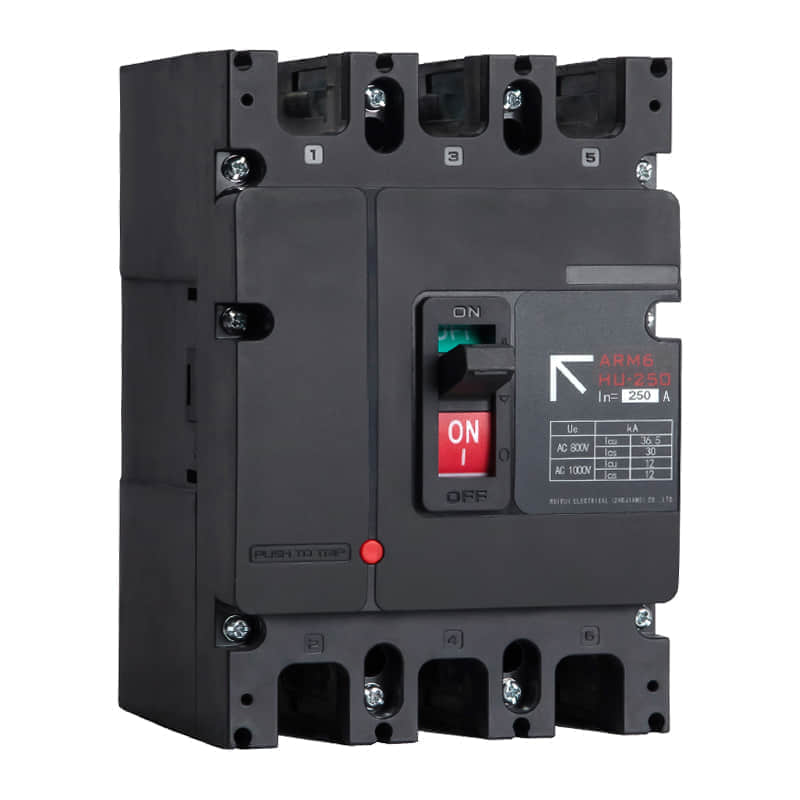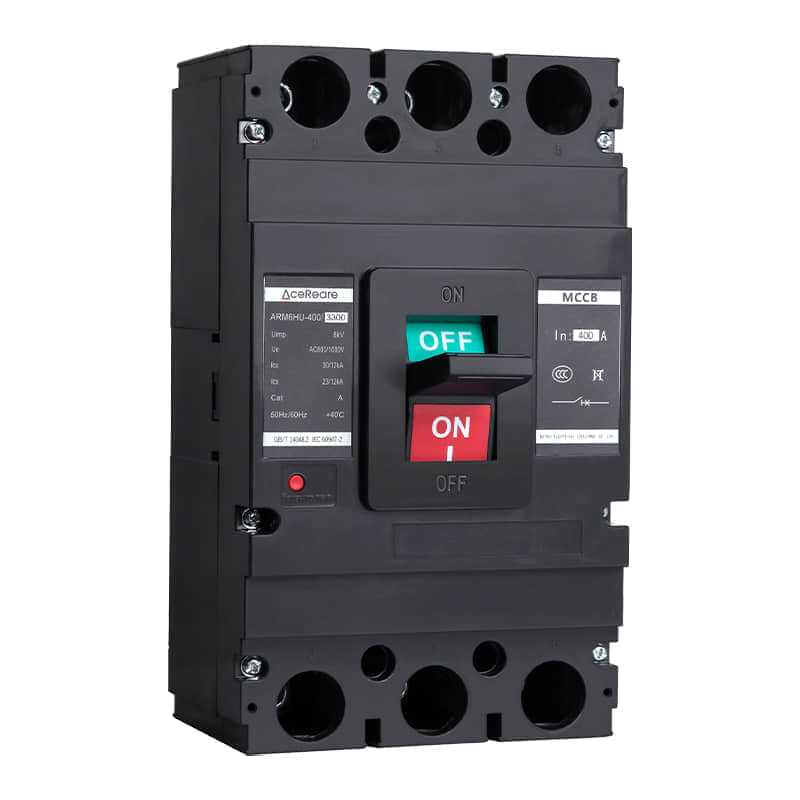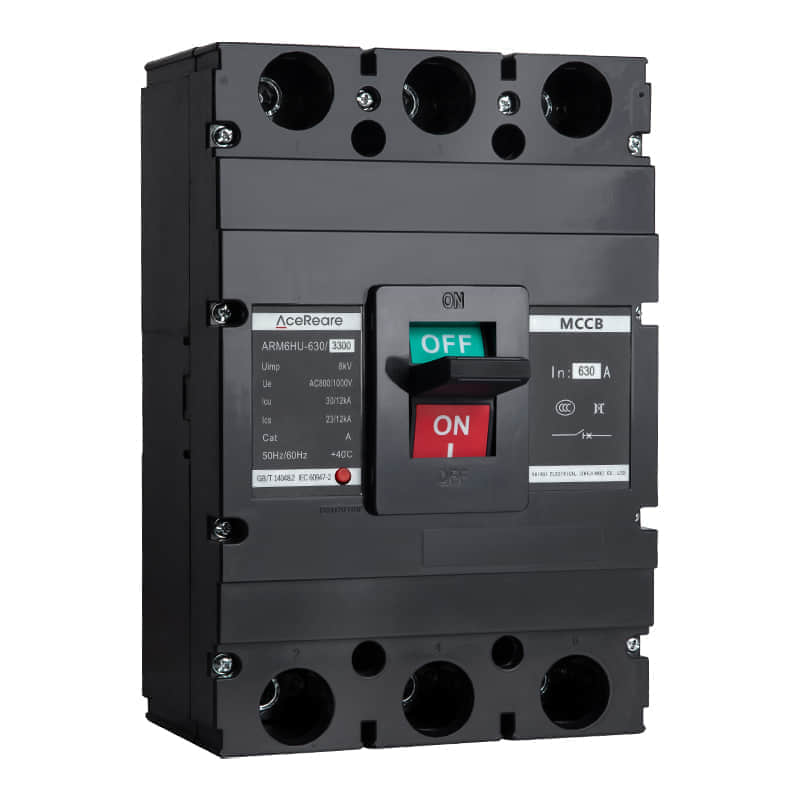Molded Case Circuit Breakers (MCCBs): Ensuring Electrical Safety

Introduction

In our increasingly electrified world, safety is paramount. Whether at home, in industrial facilities, or commercial spaces, the need to protect electrical circuits and equipment from overload or short circuits is essential. This is where Molded Case Circuit Breakers (MCCBs) come into play. In this article, we will explore what MCCBs are, how they work, their applications, and their significance in ensuring electrical safety. What is an MCCB? MCCBs, short for Molded Case Circuit Breakers, are protective devices designed to safeguard electrical circuits and equipment from damage caused by overcurrents, such as overloads and short circuits. They are compact, easily installed, and provide an effective means of disconnecting electrical circuits when necessary. MCCBs are a crucial component of electrical distribution systems, found in various settings ranging from residential buildings to industrial complexes. How Do MCCBs Work? MCCBs operate on the principle of electromagnetism and thermal protection. When an electrical circuit experiences an abnormal current condition, such as an overload or short circuit, the MCCB’s internal mechanisms are triggered to open the circuit and interrupt the flow of electricity. Here’s a breakdown of the two primary operating principles: Thermal Protection: MCCBs have a bi-metallic strip inside them that responds to the heat generated by an overcurrent condition. When the temperature rises beyond a set threshold, the bi-metallic strip bends and releases the trip mechanism, disconnecting the circuit. Electromagnetic Protection: In the case of short circuits or high-level overcurrents, strong electromagnetic forces come into play. These forces act on the MCCB’s internal components, causing them to disconnect the circuit rapidly. Applications of MCCBs MCCBs find applications in a wide range of settings, including: Residential Buildings: In homes, MCCBs protect electrical circuits and appliances from overloads and short circuits, ensuring the safety of occupants. Commercial Spaces: Commercial establishments use MCCBs to safeguard lighting, HVAC systems, and other electrical equipment. Industrial Facilities: In industrial settings, MCCBs protect machinery, motors, and control panels, preventing costly downtime and equipment damage. Power Distribution: MCCBs play a crucial role in electrical distribution systems, where they provide a means of isolating faulty circuits without disrupting the entire network. The Significance of MCCBs in Ensuring Electrical Safety MCCBs are vital for ensuring electrical safety for several reasons: Preventing Fires: Overcurrents can lead to electrical fires. MCCBs quickly disconnect faulty circuits, reducing the risk of fire hazards. Equipment Protection: MCCBs safeguard valuable electrical equipment from damage caused by overloads or short circuits, saving money on repairs and replacements. Personnel Safety: By disconnecting circuits during faults, MCCBs protect individuals from electric shocks and other electrical hazards. System Reliability: MCCBs enhance the reliability of electrical distribution systems by minimizing downtime due to faults. Conclusion In conclusion, Molded Case Circuit Breakers (MCCBs) are essential components of electrical systems, ensuring safety, equipment protection, and system reliability. Their ability to respond swiftly to overcurrent conditions makes them indispensable in a variety of settings, from homes to industrial facilities. As our reliance on electricity continues to grow, the importance of MCCBs in safeguarding lives and property cannot be overstated. Understanding their operation and applications is crucial for anyone concerned with electrical safety.
